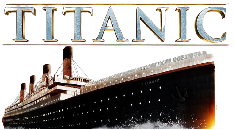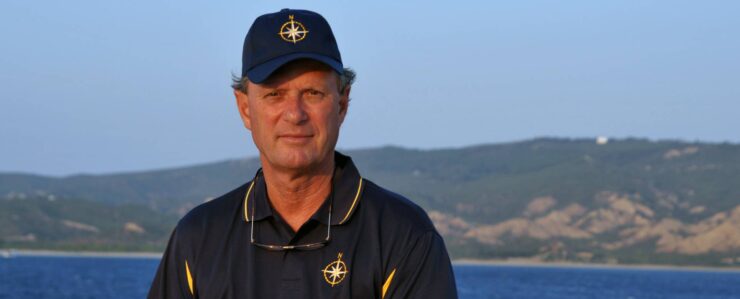Robert D. Ballard was born on June 30th, 1942, in Wichita Kansas. His family moved to San Diego, which was really the starting place for his lifelong fascination for all things beneath the waves. He would love to watch rock pools fill-up with sea-water, and then empty again, leaving behind small creatures which would fascinate him early-on in his childhood years. After reading Jules Verne’s 20,000 Leagues Under The Sea, he dreamed about being an underwater explorer, but for Robert Ballard of course, his dreams would eventually become reality.
Once Robert Ballard was in his teens, his interest with life beneath the surface of the sea continued un-abated, and he took-up scuba diving, which of course enabled him to take a much closer look at sub-aquatic life, but in order to make a career out of his hobby, he would need to study hard. He went to the University of California where he earned degrees in chemistry and marine geology, but he wasn’t really interested in shipwrecks yet, that would develop in time.
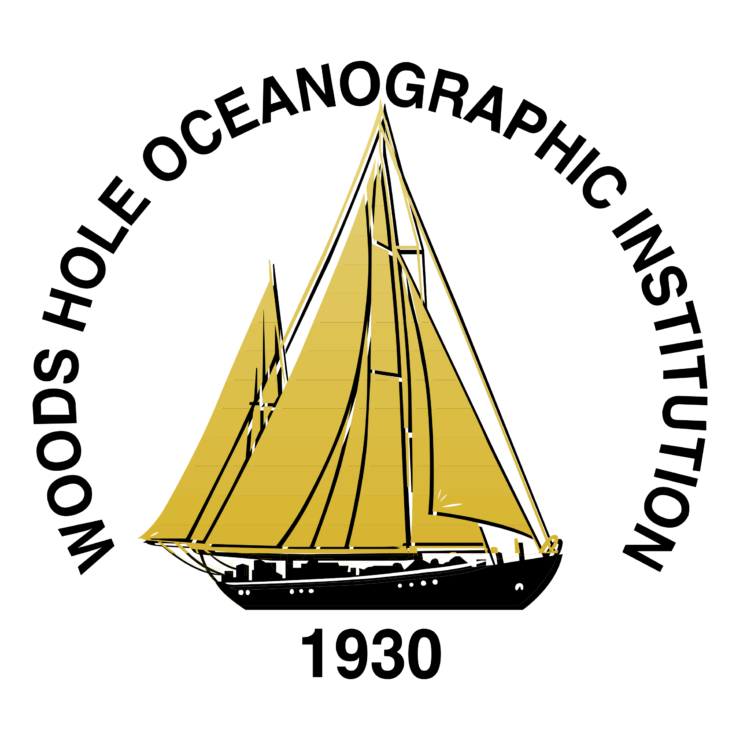
Robert Ballard moved to Woods Hole Oceanographic Institution (W.H.O.I.) in Massachussets in 1967 where he would spend the biggest part of his career, and he also joined the Boston Sea Rovers at roughly the same time, who are one of the world’s oldest diving clubs. This is probably where Robert Ballard began to develop his enthusiasm for shipwrecks, because many of the members of the Boston Sea Rovers had between them explored many different sunken vessels, and it was a natural progression for Robert Ballard to develop this same enthusiasm, but of course, who would have guessed back then that the young Robert Ballard would eventually go on to find the wreck of the Titanic , probably the world’s most well-known and glamorous shipwreck?
It was in 1973 that Robert Ballard first gave searching for the wreck of Titanic some serious thought. Alvin, a small steel-hulled research submersible that could descend to approximately 6,000 feet, was the tool that Woods Hole scientists utilised to study life and geology far below the surface of the sea.
As part of the Alvin Group, Robert Ballard became frustrated by its limitations, but in that year of 1973, Alvin’s steel hull was replaced by one made from a state-of-the-art Titanium alloy that allowed the submersible to dive to roughly double it’s previous limit – 12,000 feet – which was approximately the depth of water Titanic was thought to lie in. Finding the wreck would bring plaudits and make it much easier to attract funding for future projects, therefore the discovery would be merely a means to an end; or so Robert Ballard thought.
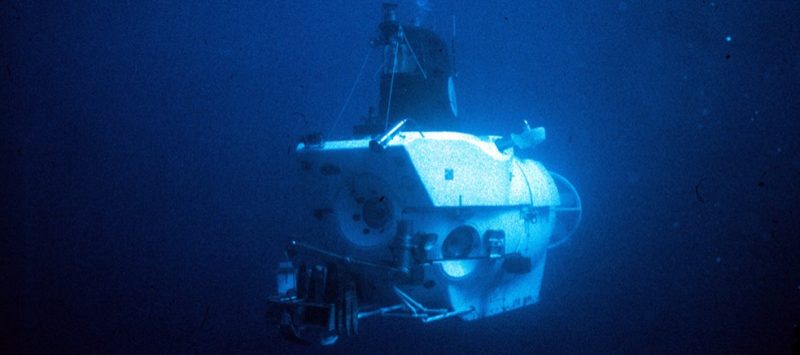
But over the next few years, Robert Ballard’s flirt with Titanic would become an obsession. His desire to find the wreck continued to spiral ever upwards, and he talked to many people over the following years who would motivate him and his quest.
In the spring of 1977, Robert Ballard’s dream of finding the wreck of Titanic took the first serious step forward. He planned to set out to locate the wreck of Titanic utilising the Alcoa Seaprobe, a drilling ship belonging to the Alcoa Aluminium Company. The ship was basically a drilling rig, and using the large derrick, an equipment pod containing research tools could be lowered to the sea bed, 60ft at a time.
Alternatively, a grab could be attached to the end of the pipe and lowered to the sea-bed to retreive samples for analysis. This was obviously slow and cumbersome in comparison to the long steel wire with a small robot vehicle which Robert Ballard envisaged would be employed one day, but at least it would enable him to test the equipment and the theory too.
But before he could set sail, he needed the backing of Woods Hole. Many of the scientists there considered Robert Ballard to be a ‘showman’, and that he was hoping to find the ship as a form of self-promotion, so he had to convince the Director he was serious, and that the system would, in the future, be of serious scientific value. He managed to assure him of its value, and began to build the equipment pod using technology borrowed from other larger commercial organisations.
In the October of 1977, he eventually set sail aboard the Alcoa Seaprobe, reckoning that the discovery would take between 10 and 12 days! Sadly, the whole operation came to an abrupt end when a mistake in the rigging of the pipe caused it to snap clean off, and the whole lot went crashing to the sea bed, never to be seen again. Nobody was injured, but Robert Ballard’s pride took a tumble, and Woods Hole began to distance them from him, and it was also going to be much harder to borrow equipment or approach backers in the future. All he could do was sit and watch as others took up the challenge to find Titanic.
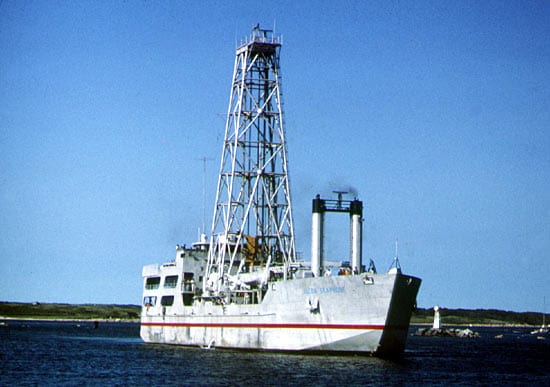
Over the next few years, Robert Ballard continued his research as a Geologist, with Titanic never far from his thoughts. But in 1979, Jack Grimm, a Texan millionaire who had made his money through oil, announced that he was going to try to find Titanic . Robert Ballard was sure Grimm would find it, as the people he employed to help him in his quest were the best in their respective fields. But expeditions in 1980, 1981 and 1983 came to nothing, and ‘watching from the sidelines’ had given Robert Ballard a fresh injection of much-needed enthusiasm.
Robert Ballard has always been a major advocate of performing underwater research and discovery using ‘telepresence’, which was essentially a way of doing away with costly and dangerous manned submersibles like Alvin. Instead of the scientists sitting in a cramped submersible at the very deepest parts of the ocean, Robert Ballard was instrumental in developing systems which enabled the scientists to sit in the safety of the ship watching real-time images relayed by fibre-optic cable from a sled or robot equipped with high-quality TV cameras.
Not only was this muchsafer than the existing methods, but the images could be viewed practically all over the world, and relayed to perhaps scientists or even classrooms full of awe-struck schoolchildren. This system, developed in conjunction with the U.S. Navy, was called Argo. Robert Ballard believed he could use Argo to search for a wreck such as Titanic ; not by looking for the wreck itself, but by looking for the debris field created when the ship sank. Of course, a debris field could spread for miles, wheras Titanic was only 900ft long, so the odds of
spotting debris rather than the wreck itself were much higher.
With this in mind, Robert Ballard spent much of 1980 to 1984 developing not only Argo, the system he dreamed of using to find and photograph Titanic , but also a team of experts to help him realise that ambition. The team Robert Ballard assembled at Woods Hole was called the ‘Deep Submergence Laboratory’, or D.S.L., and included Stu Harris, Bob Squires, Tom Dettweiler, Earl Young, Emile Bergeron and Tom Crook to name a few.
By the time Jack Grimm had returned to port empty-handed for the third and final time in 1983, Argo was virtually ready to roll, and after consultation with the U.S Navy in 1984, they agreed to fund a three week long test of Argo which would take place in the summer of 1985.
